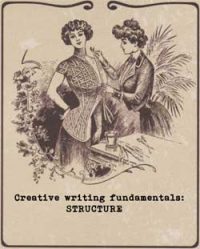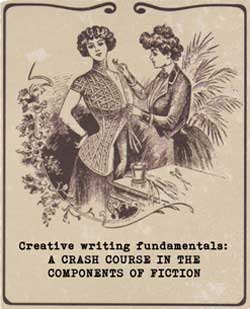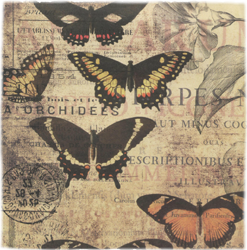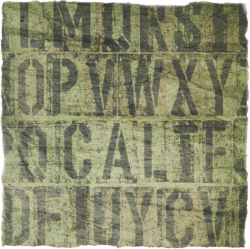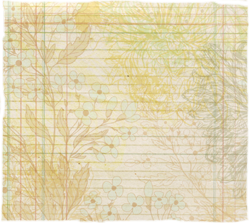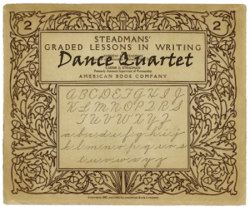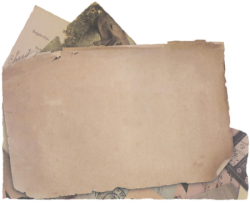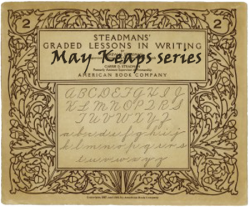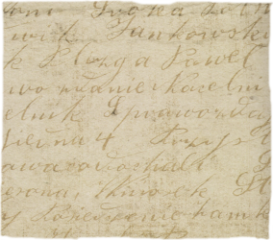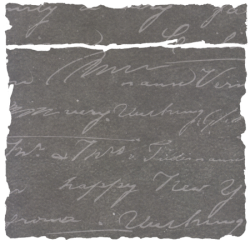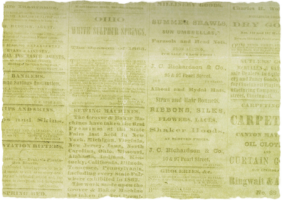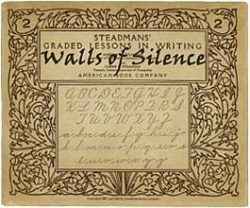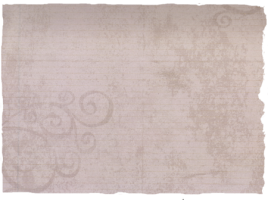All stories – even a joke (which is, after all, a short, short story) or anecdote – must have a beginning, middle, and end.
Your story structure is your route map.
If plot is what happens, and the characters are who it happens to or make it happen, then the structure is what ensures the story doesn’t peter out or become flabby in the middle. It is what carries the action through to the end.
Stories are about crises and there should be a string of them rising to the final climax at the end. Think of structure as building the bridges between those crises.
If you know your plot then you can plan your crises points to that you maintain the reader’s interest and keep them turning the pages.
Sustain the conflict by having peaks and troughs in your story. Build the intensity up towards the climax.
If the logical final climax is anywhere before the end of the story, what follows can only be an anti-climax for the reader.
You can find more on the skills & craft of writing
theme
material
dialogue
narrative & voice
setting
motivation
revision & rewriting
characters
plot
endings
beginnings
the novel
short stories
What some other writers have to say about the importance of structure:
It is not by words alone that a writer produces his effects, it is by the form he gives his book.
Robertson Davies
Skilled writers know that what you’re supposed to do is continually open up your story.
Elizabeth George
Perhaps the most important thing to bear in mind about good structure is: you should eventually be able to get to a point where, when writing, you don’t consciously think about it.
Ray Frensham
The design of a novel is an organic process.
May Sarton
Plot must not cease to move forward. The actual speed of the movement must be even. The evenness of the speed should be the evenness inseparable from tautness. The tautness of the taut string is equal (or even) all along and at any part of the string’s strength.
Elizabeth Bowen



